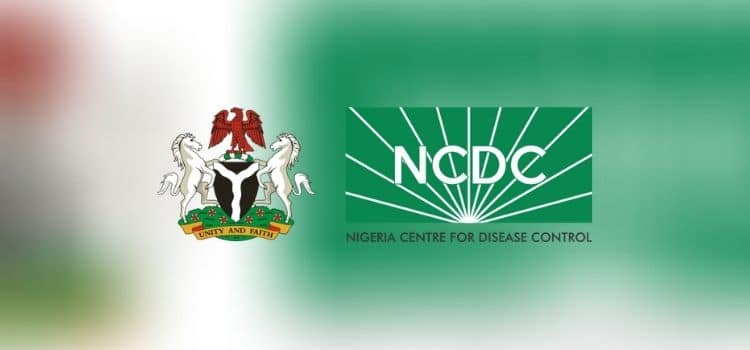By Muhammad Amaan
No fewer than7, 784 cases of diphtheria out of 12,085 suspected cases have been confirmed in the country by the Nigeria Centre for Disease Control and Prevention (NCDC).
The NCDC said the cases were confirmed in 170 local government areas across 21 states as of September 11, 2024.
The health agency announced this at a press briefing on Wednesday in Abuja.
It said the death toll was 309 with a case fatality rate of 3.9 per cent from Kano (169), Bauchi (59), Katsina (52), Borno (19), Yobe (four); Edo (two); Jigawa (two); FCT (one); and Nasarawa (one).
Diphtheria is a serious bacterial infection caused by the bacterium corynebacterium species that affects the nose, throat, and sometimes, the skin of an individual.
The symptoms of diphtheria include fever, runny nose, sore throat, cough, red eyes (conjunctivitis), and neck swelling. In severe cases, the NCDC said that a thick grey or white patch appears on the tonsils and, or at the back of the throat associated with difficulty in breathing.
The epidemiology report from week 22 in 2022 to week 35 in 2024, showed that 36,151 suspected cases were reported from 37 states, and the FCT across 332 LGAs; while the confirmed cases were 21,938 cases from 26 states across 173 LGAs.
It added that the total confirmed death was 1,103 with a case fatality rate of 5.0 per cent.
The Director-General of the NCDC, Dr Jide Idris said, “As a reminder, diphtheria spreads through respiratory droplets when an infected person coughs or sneezes; through close contacts with, or by touching contaminated objects.
“Symptoms usually begin two to five days after infection and can include fever, chills, sore throat, difficulty breathing, swollen glands in the neck, nasal discharge, fatigue which can lead to breathing difficulties.
“Early recognition and prompt treatment are critical to managing this disease and preventing severe complications.”
He added that it conducts regular National Emergency Operation Centre meetings and provides operational support to the EOC and the pillars at the sub-national level.
“In collaboration with partners, notably, Breakthrough Action – Nigeria, we conducted the development of surveillance and outbreak response guidelines for diphtheria, deployment of DAT and I.V Erythromycin to states and facilities, the establishment of a diphtheria laboratory testing network across states, routine support to state labs with diphtheria testing reagents, and routine monitoring and proficiency testing across the diphtheria laboratory network.
“In collaboration with states, conduct active case search, contact tracing and management, and in collaboration with Africa CDC and states, conduct case management and infection prevention and control training for healthcare workers involved in diphtheria treatment.
“In collaboration with NPHCDA, states and partners, the conduct of reactive vaccinations across states, and in collaboration with Health Emergency Preparedness, Response and Resilience Department, conduct intra-action review/after action review of response activities at national and sub-national levels,” Dr Idris concluded.




